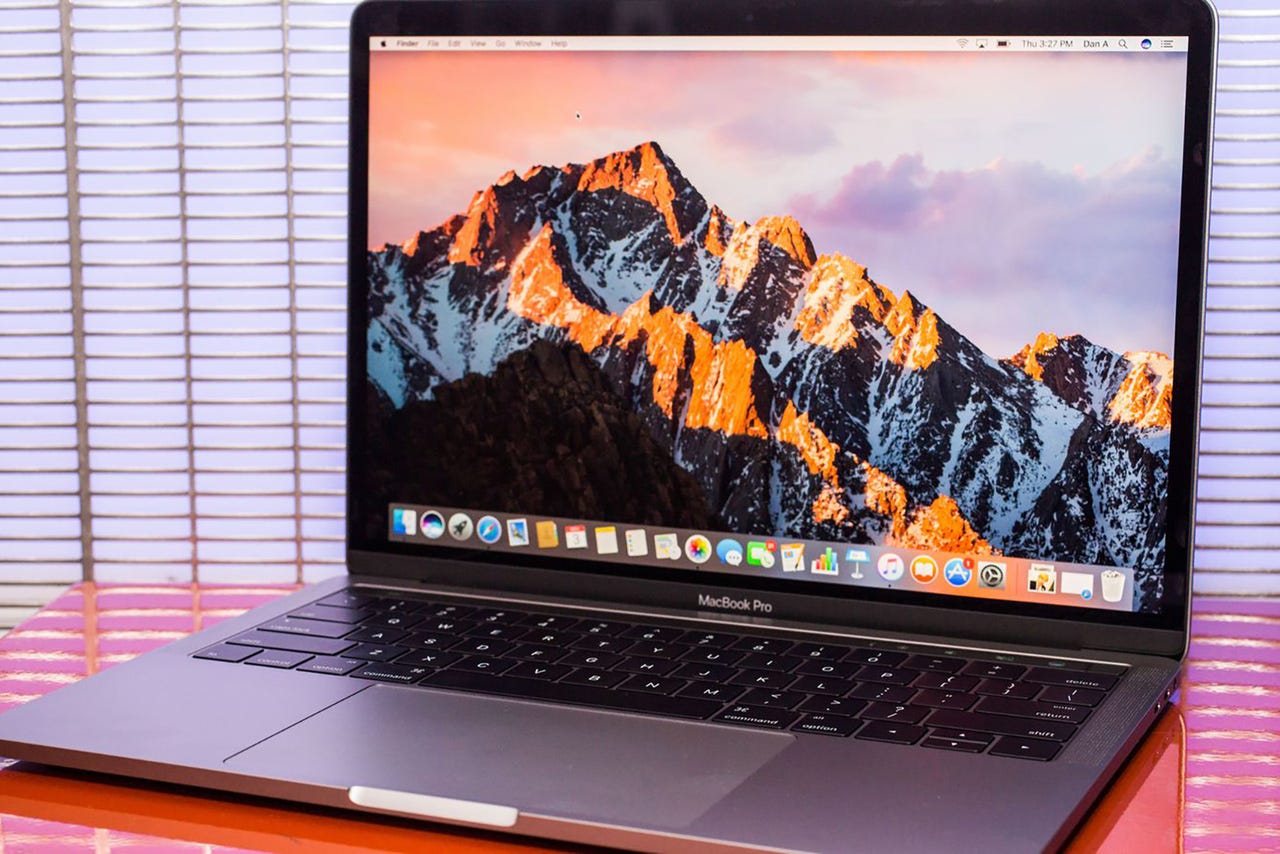'ZDNET Recommends': What exactly does it mean?
ZDNET's recommendations are based on many hours of testing, research, and comparison shopping. We gather data from the best available sources, including vendor and retailer listings as well as other relevant and independent reviews sites. And we pore over customer reviews to find out what matters to real people who already own and use the products and services we’re assessing.
When you click through from our site to a retailer and buy a product or service, we may earn affiliate commissions. This helps support our work, but does not affect what we cover or how, and it does not affect the price you pay. Neither ZDNET nor the author are compensated for these independent reviews. Indeed, we follow strict guidelines that ensure our editorial content is never influenced by advertisers.
ZDNET's editorial team writes on behalf of you, our reader. Our goal is to deliver the most accurate information and the most knowledgeable advice possible in order to help you make smarter buying decisions on tech gear and a wide array of products and services. Our editors thoroughly review and fact-check every article to ensure that our content meets the highest standards. If we have made an error or published misleading information, we will correct or clarify the article. If you see inaccuracies in our content, please report the mistake via this form.
How to create a new MacOS Finder Quick Action with Automator

Recently, I covered the MacOS Finder feature called Quick Actions (see "How MacOS Finder Quick Actions can help you work more efficiently"). One of the limitations to that feature is how few Quick Actions are available by default and how it's not possible to add new Quick Actions within Finder.
However, you're not totally out of luck, as Apple includes a tool that makes it pretty simple to create your own Quick Actions to the Finder context menu. That tool is called Automator, and I'm going to show you how to use it to create custom Quick Actions.
Requirements
The only thing you'll need for this is a device running an updated version of MacOS. This can be done on a MacBook Pro, MacBookAir or an iMac. That's it, let's make some Apple magic.
Create a new Quick Action
1. Open Automator
Open the macOS Launchpad and search for Automator. You will see a new Finder window, where you'll need to click New Document at the bottom left corner (Figure 1).
Figure 1: Opening Automator from the macOS Launchpad.
A new pop-up will appear (Figure 2), from which you'll need to select Quick Action and then click Choose.
Figure 2: Selecting a Quick Action item for creation through Automator.
2. Select the Quick Action to be created
In the resulting window (Figure 3), click Actions near the upper left corner of the window.
Figure 3: Selecting the Actions tab reveals all the base actions you can create.
3. Scaling an image
Let's say you want to create a Quick Action that will scale images. For that, select Photos in the left-most column and then double-click Scale Images in the column immediately to the right. You will be asked if you want to add a copy of the Finder item (Figure 4), which you should do (to retain a copy of the original image).
Figure 4: Make sure to click Add from the pop-up window.
So far, so good.
4. Select the size option for scaling
You can now configure how you want the scaling to work. You can select in pixels or percentages. Let's say you want to scale your images to 50% of their original size. For that, select By Percentage from the drop-down and then type 50 in the percentage field (Figure 5).
Figure 5: Setting our scale to 50%.
You might also want to change the location to house the newly created images from the To drop-down.
5. Add a file rename feature
Let's also add a step that will rename the resized images. For that, select Files & Folders under Library and then double-click Rename Finder Items in the Action column. In the resulting item (Figure 6), make sure to select Add Text from the drop-down, type the text you want to add (such as -resized) and select After Name.
Figure 6: Adding the ability to rename files with Quick Action.
6. Set the Workflow receives current option and save
At the top of Automator, make sure to change Workflow Receives Current to Image Files and then click File > Save. When prompted, give the Quick Action a name (such as Resize) and click Save.
Use your new Quick Action
Open Finder, two-finger tap (or right-click) an image, select Quick Actions, and you should see your new custom Quick Action listed (Figure 7).
Figure 7: Our new Quick Action is ready to be used.
Congratulations, you've just added your first Quick Action to MacOS Finder. Keep creating new Quick Actions to further expand the functionality of Finder, and you'll find things that can get seriously efficient.
